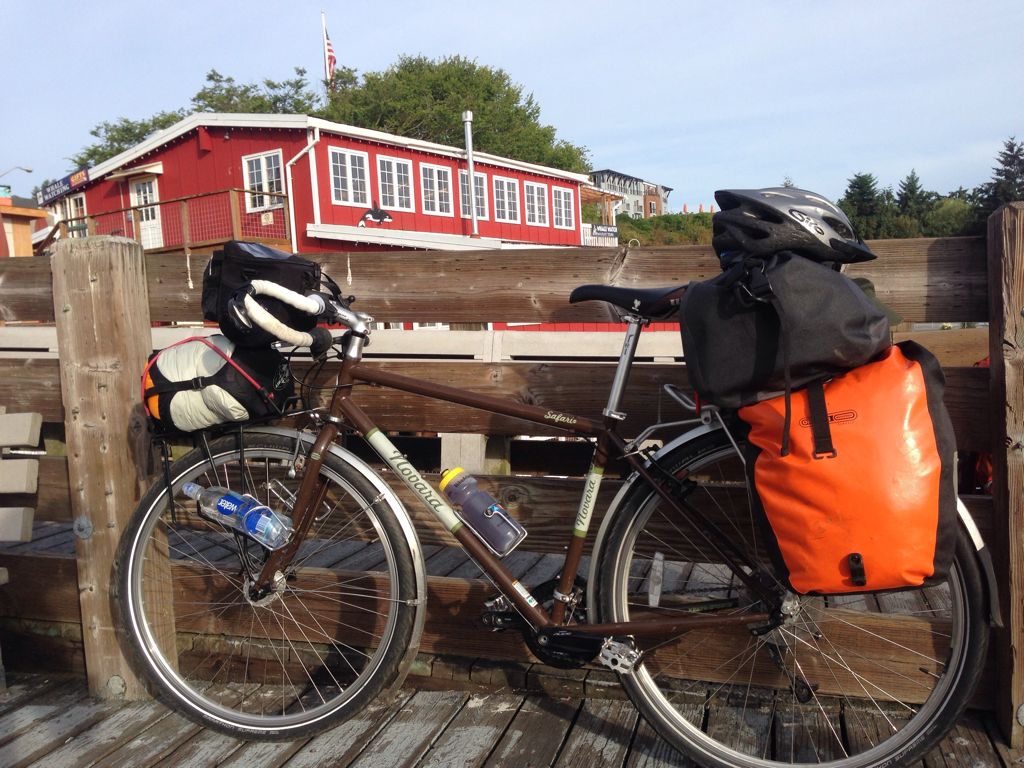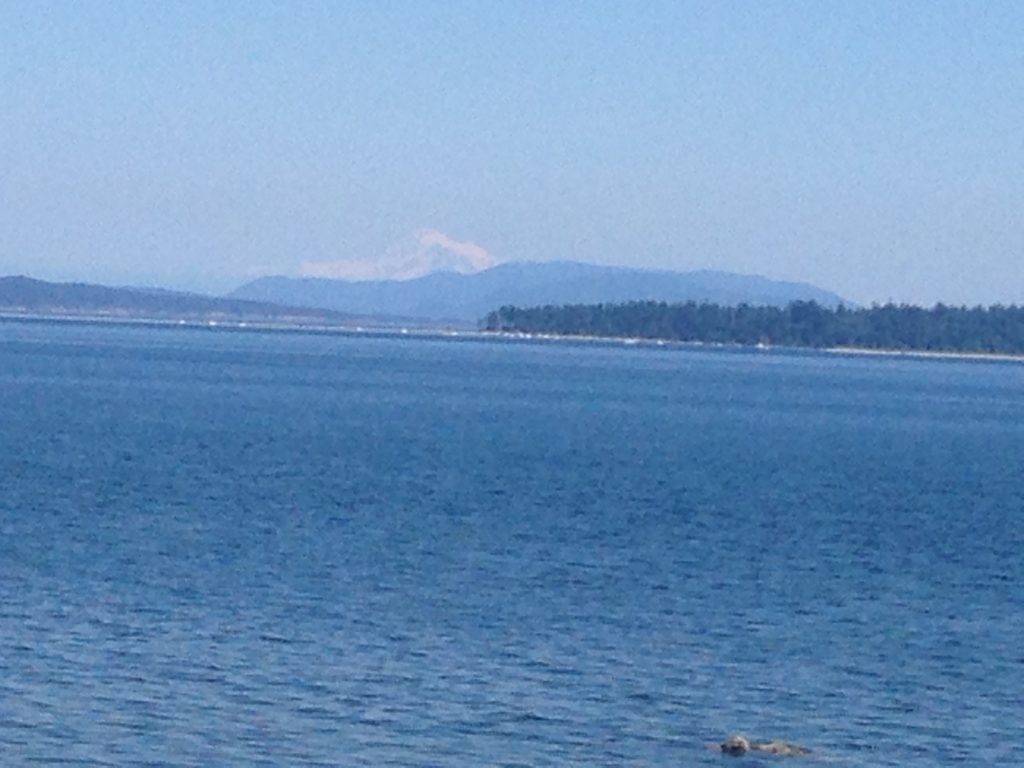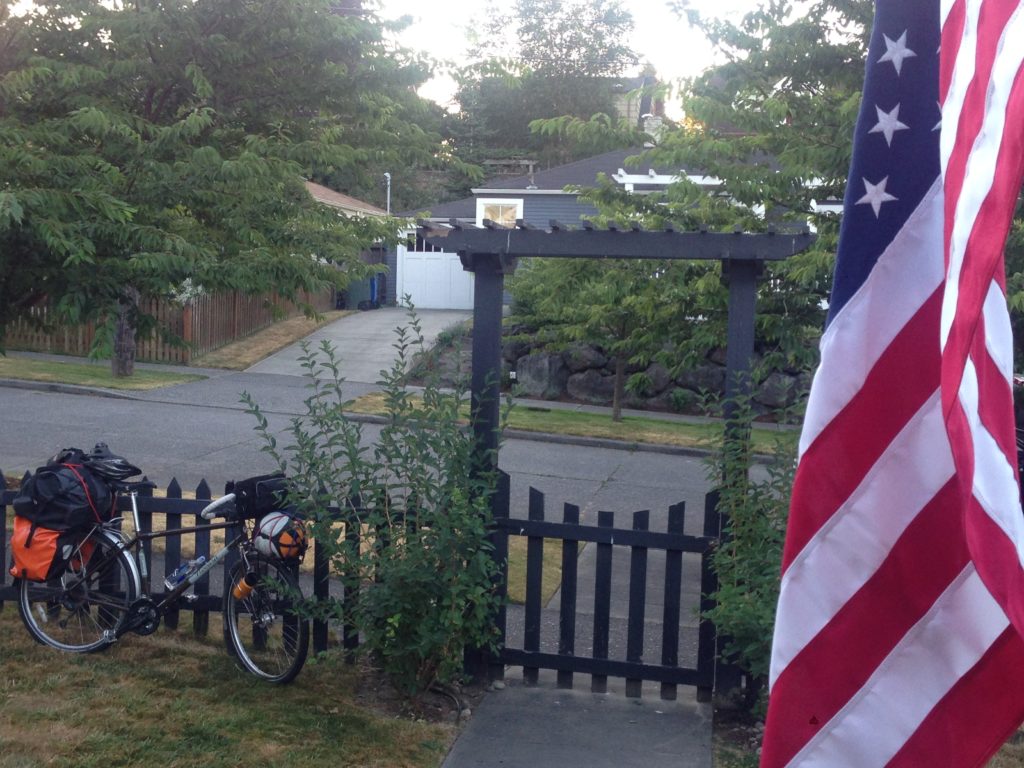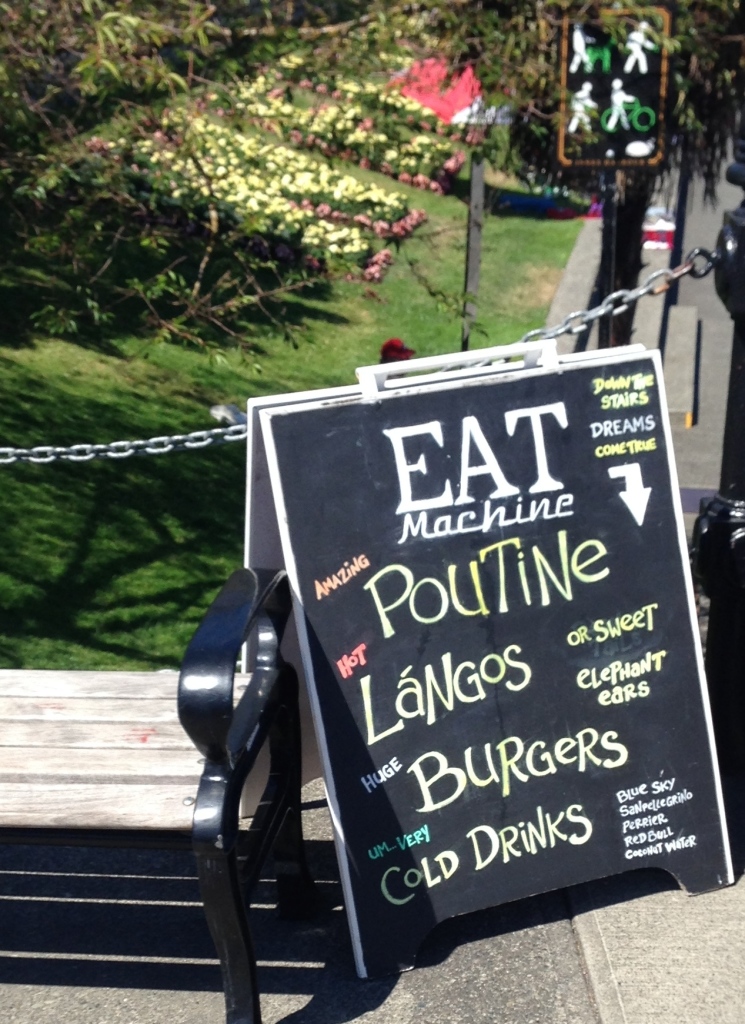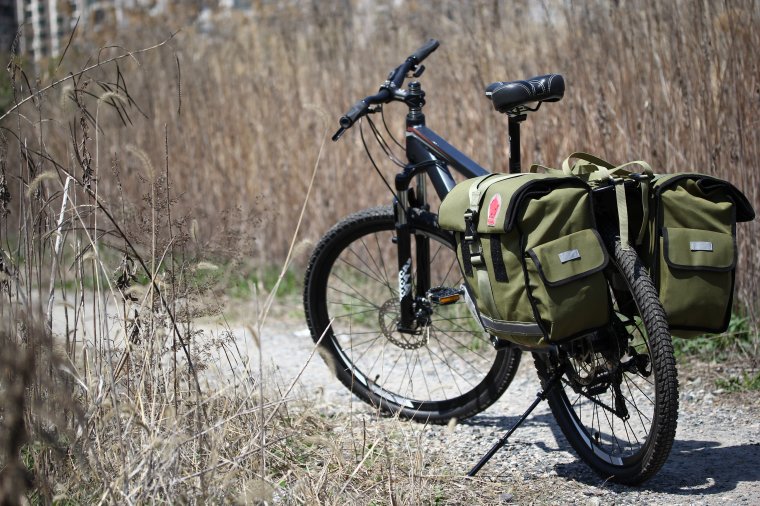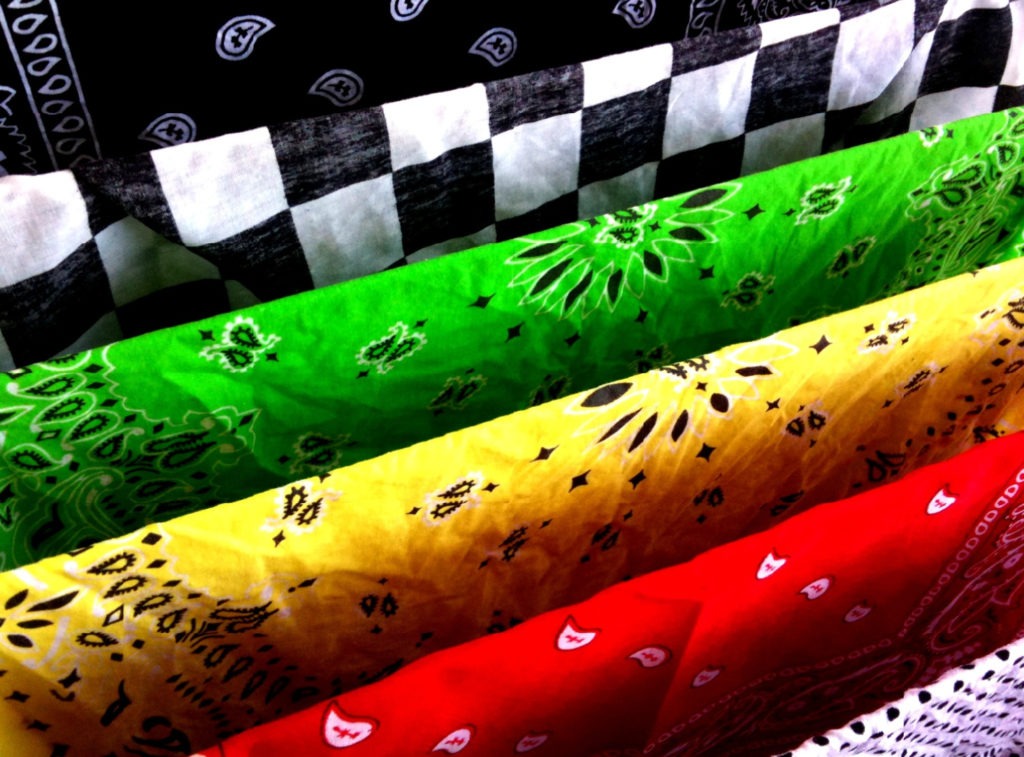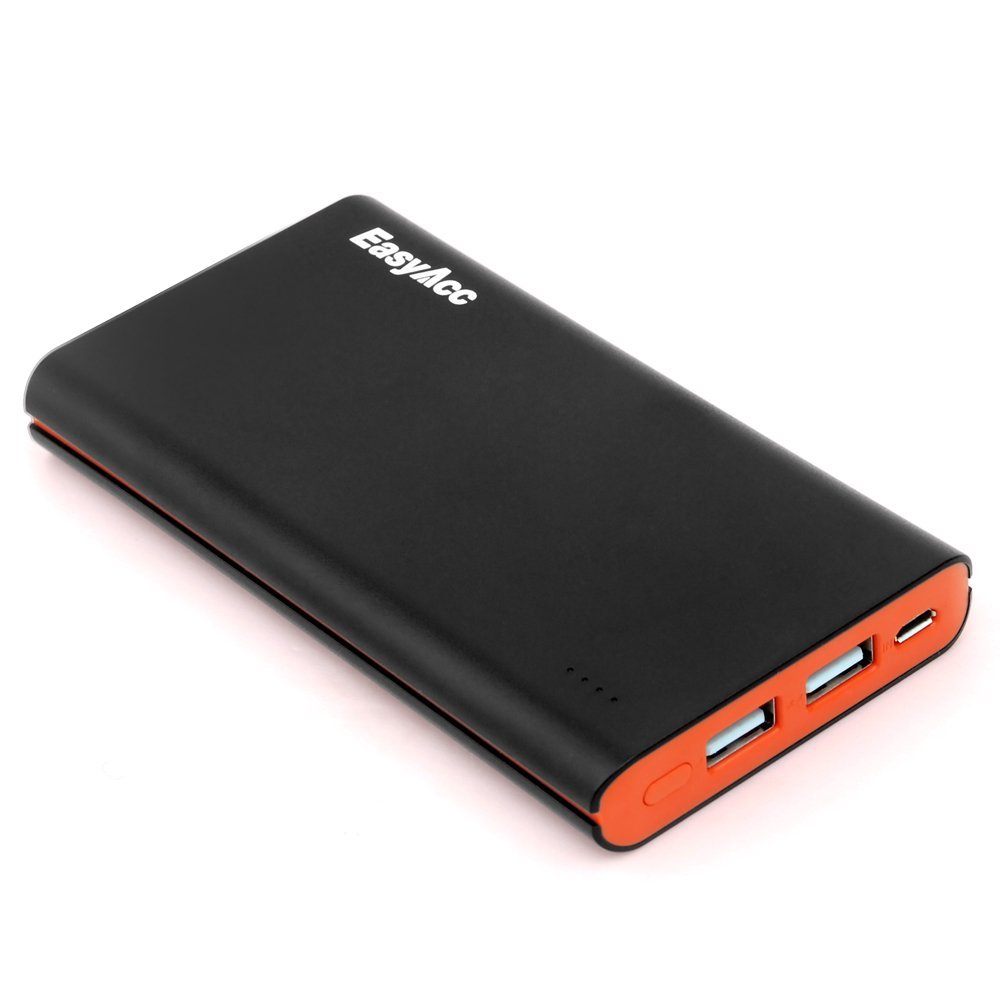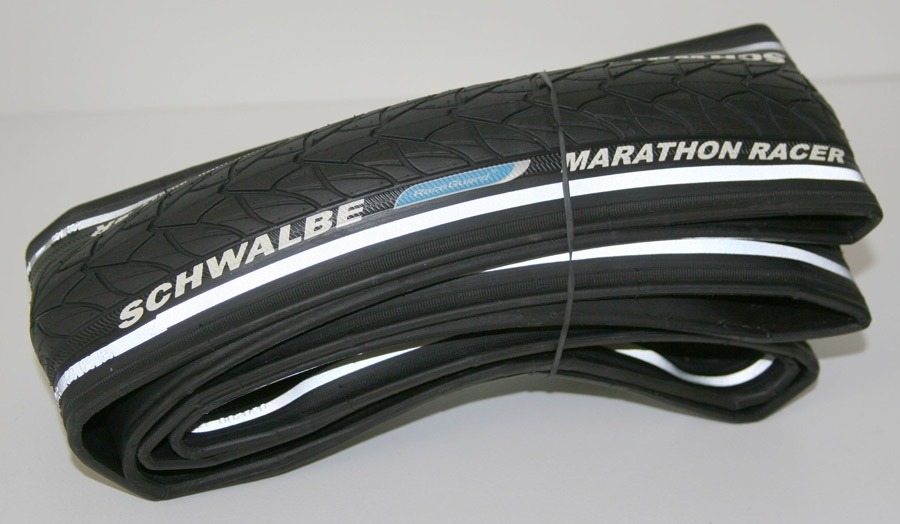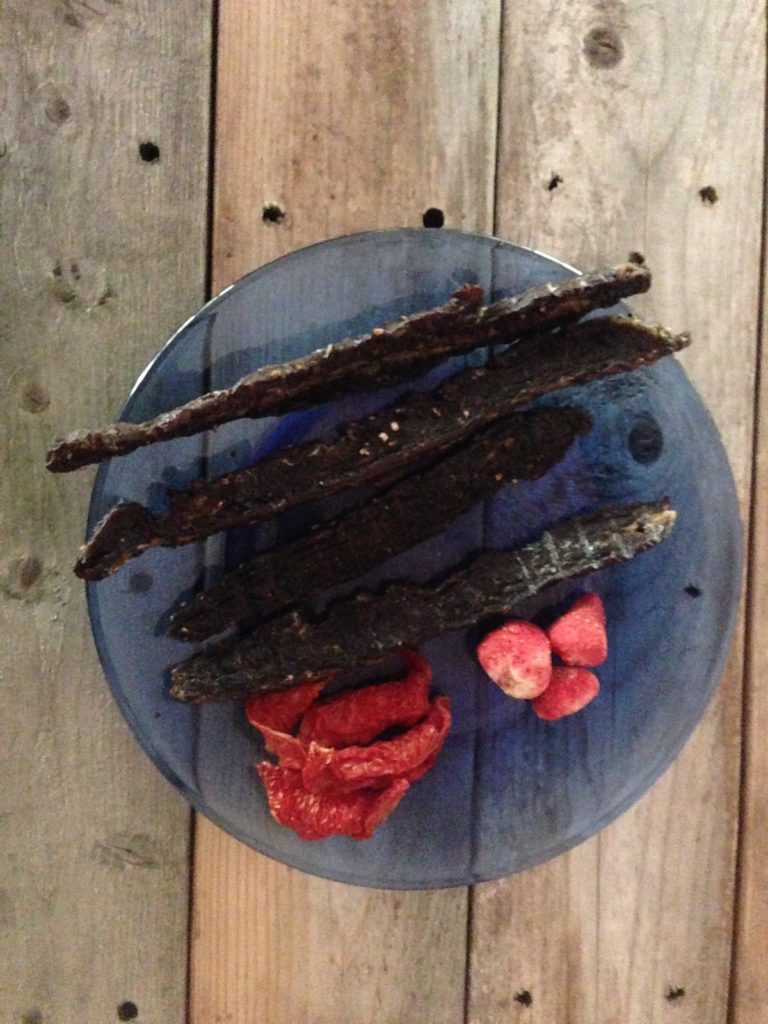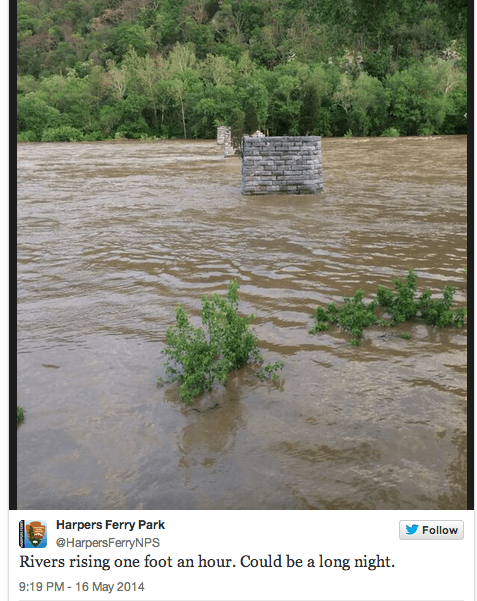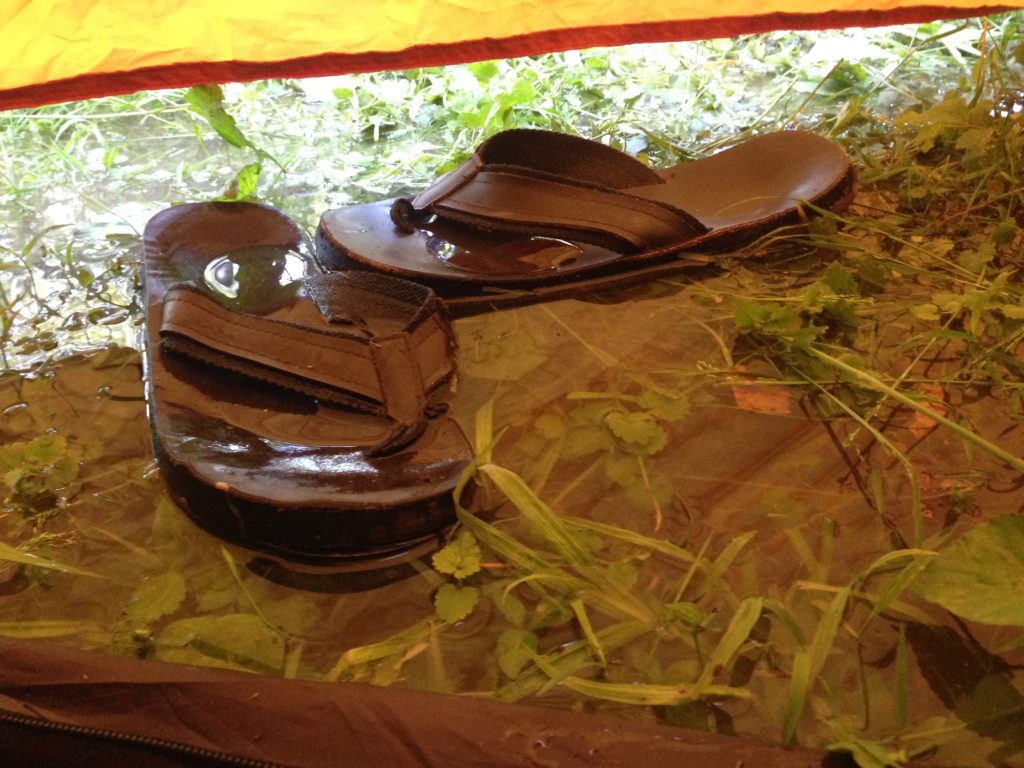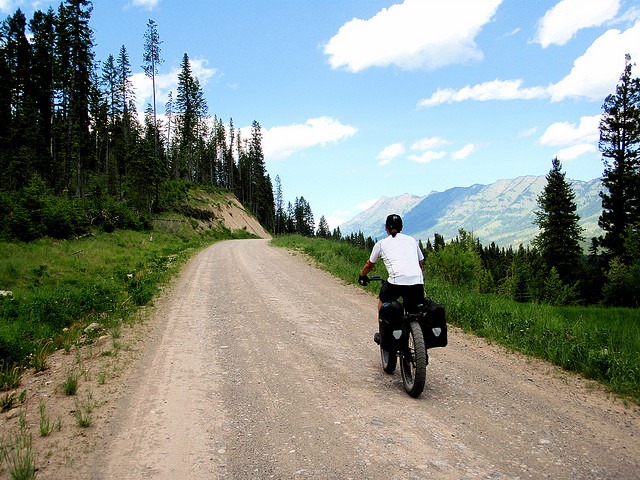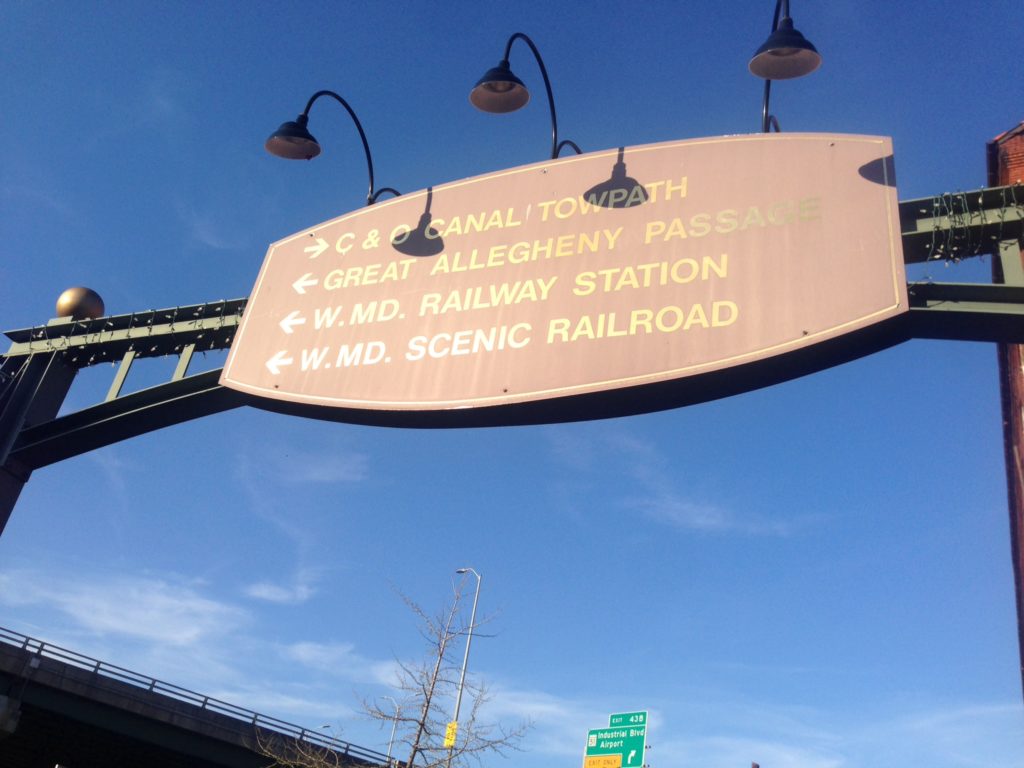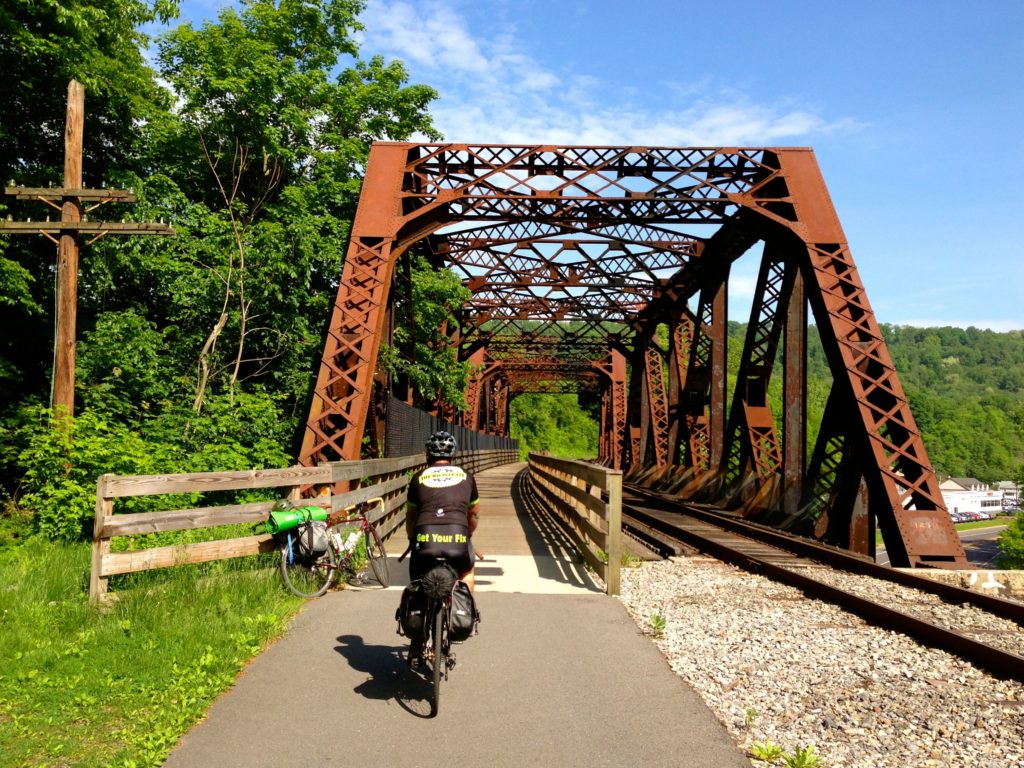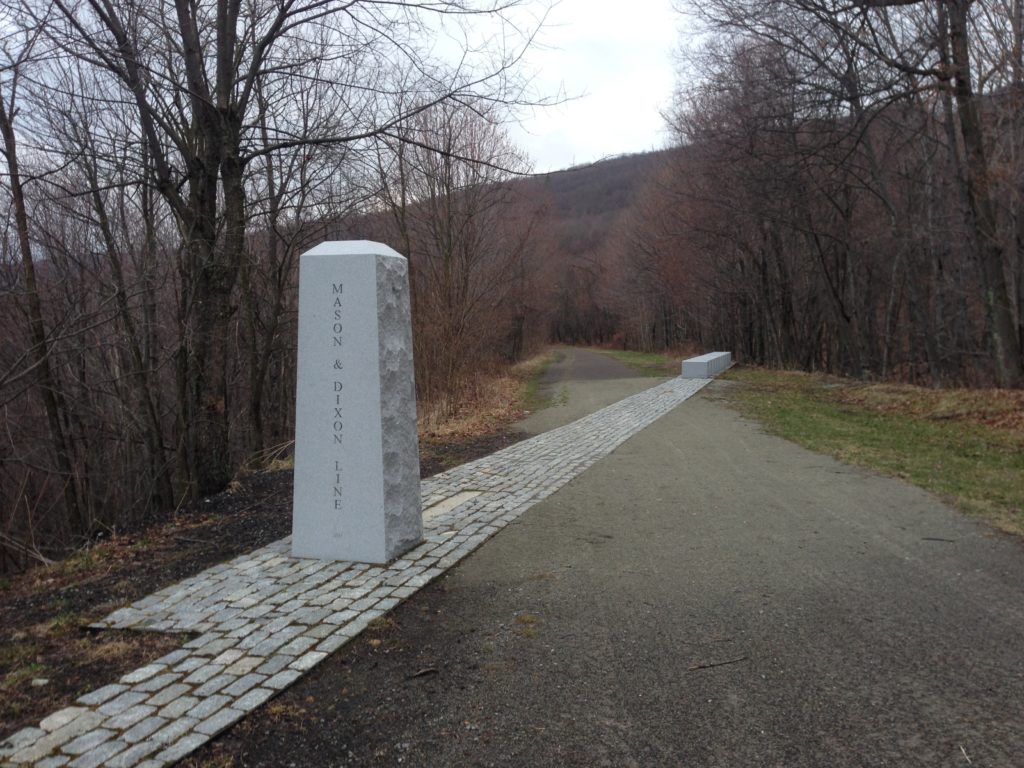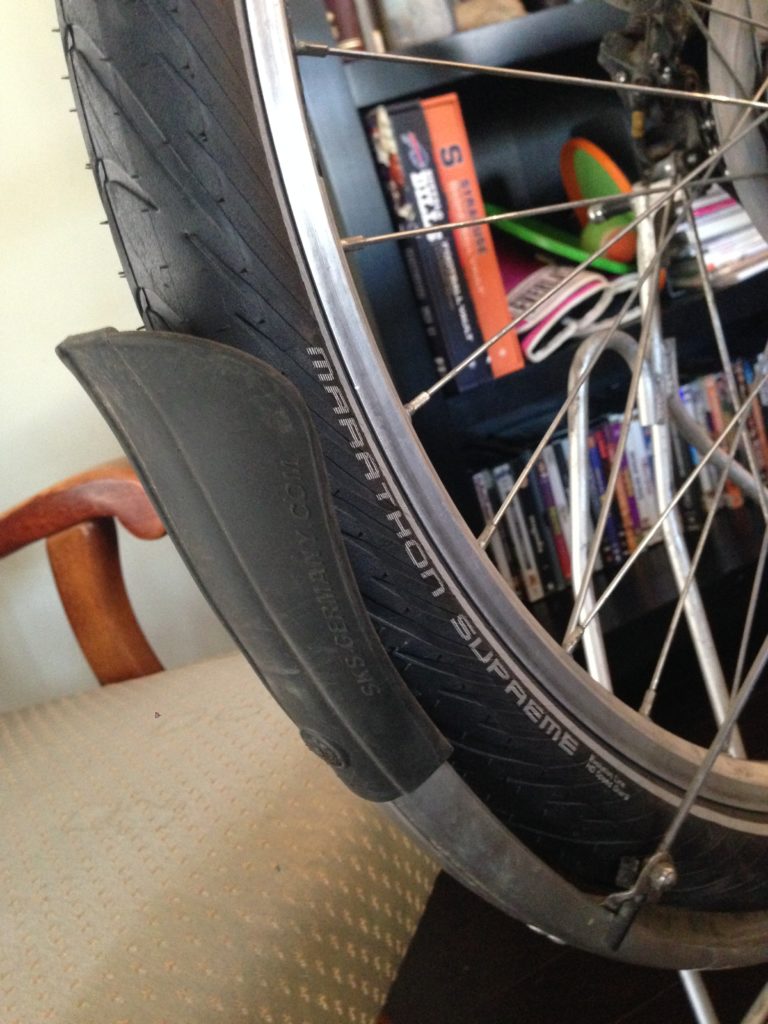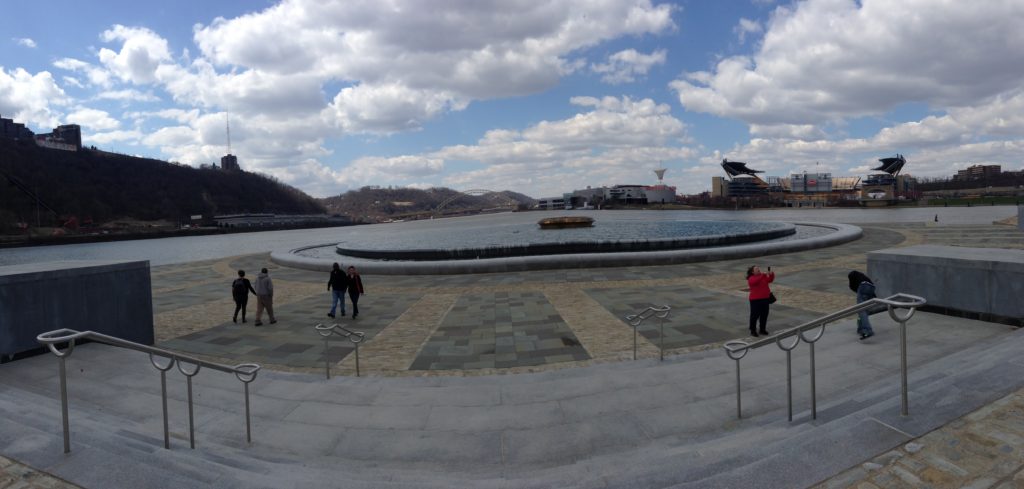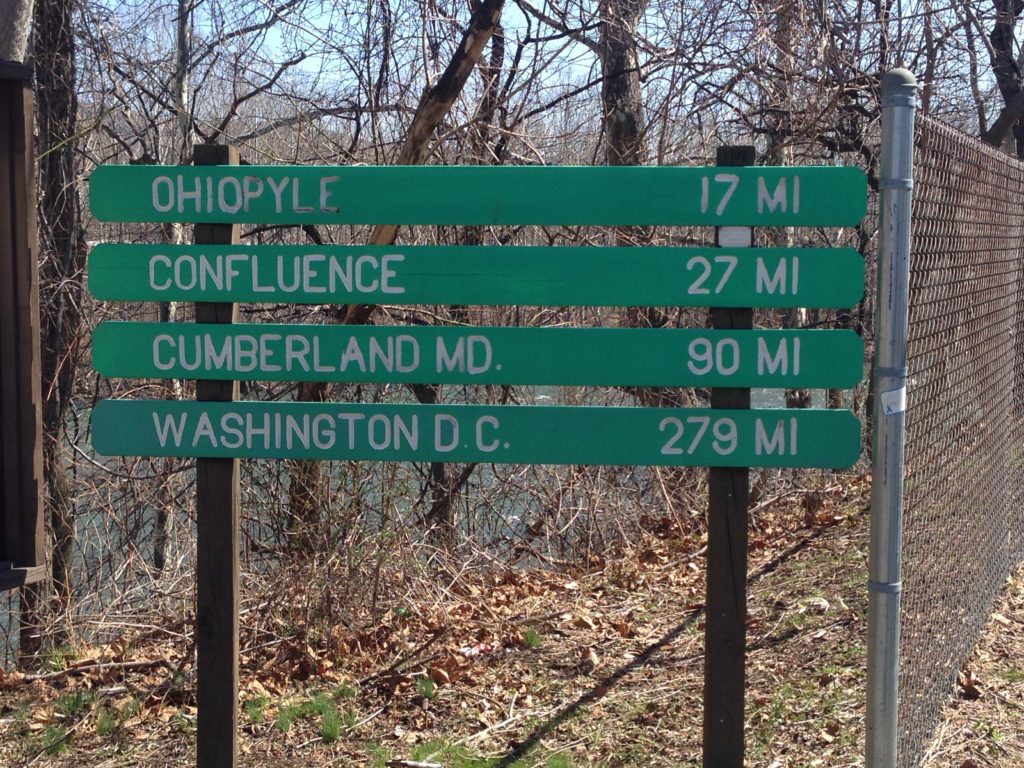In this chapter I’ll give a full overview of what happened on my spring bike tour: the original plan, the weather challenges, and the final equipment fail that led to an involuntary end to the trip.
The Great Allegheny Passage (GAP) begins in beautiful Pittsburgh, PA and winds about 150+ miles to beautiful Cumberland, MD. From there, the Chesapeake + Ohio towpath (part of the National Park Service) winds 184 miles to Washington, DC. It’s an amazing resource for bike touring, and I’m happy to say I’ve now biked every inch of it. Just… not all at once. More on that in a second.
I was joined on this trip with Mysterious James, or MJ as we like to call him around here. The idea was to do a full through tour from Pittsburgh to DC in 5 1/2 days. Day 1 was a short day to account for the drive from DC. We got a one-way car rental which turned out to be an efficient and cost-effective way to get us and the bikes from DC to downtown Pittsburgh, just a short ride from the start of the GAP.
Day 1
The confluence of the three rivers in Pittsburgh is a heck of a way to kick off a tour. From there, we rolled through an odd assortment of sidewalks, trails, backroads and other connectors to a truly spectacular campsite about 25 miles south of the city.
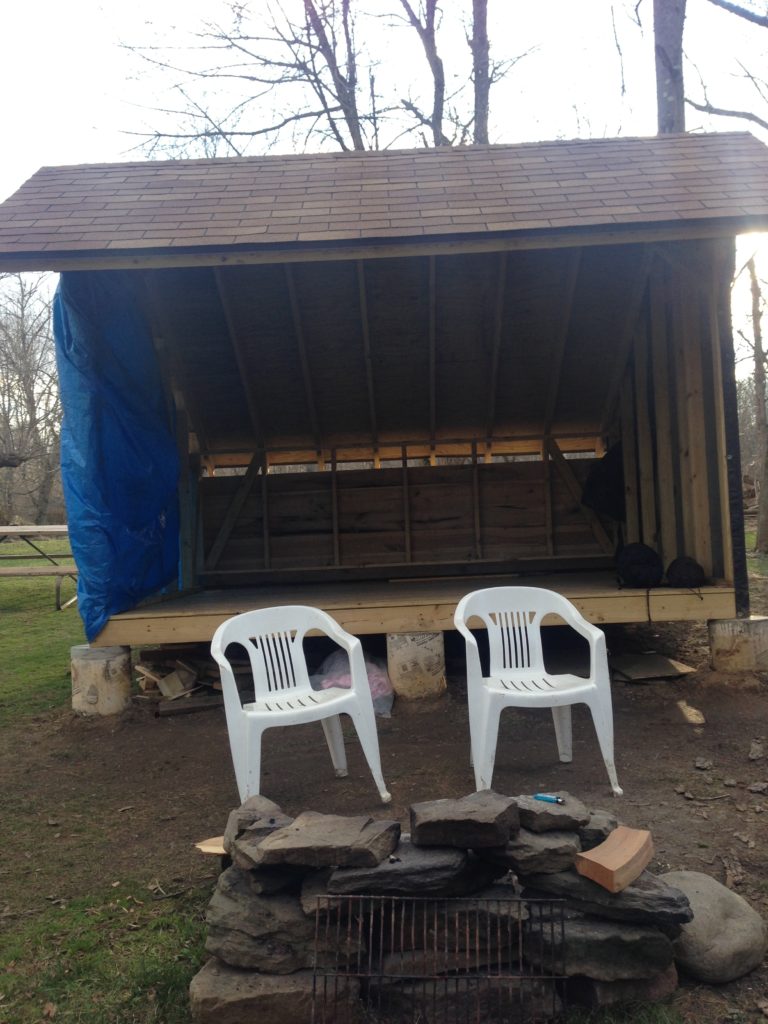
This was, simply put, the best free privately run campsite either of us had ever stayed at. The adirondack was well-built, and there was abundant, free firewood. The plastic chairs were a really welcome touch too. Amazing resource!
The only complaint from Day 1 was the lack of adequate signage. On more than one occasion we questioned if we were still on the GAP, and the mile markers didn’t correspond well to the official route from the website. The campground, for instance, was 2 miles further than indicated… not ideal when you want to end the day. Of course once we got there, all was forgiven. Did I mention the free firewood?
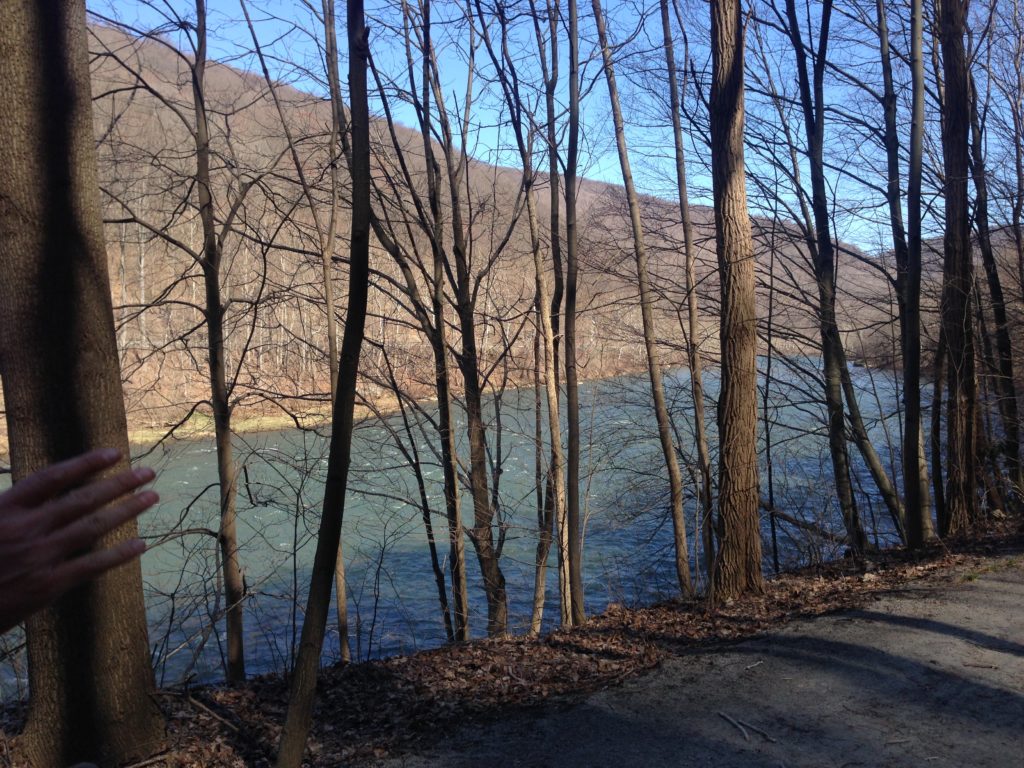
Day 2
Day 2 was a 60 miler to Confluence, PA. Once we got out of the industrial outskirts of Pittsburgh into a more rural setting, we found the ride and the trail to be more enjoyable. A lot of the trail towns were as advertised – nice amenities and easy to get to from the path. Confluence was a bit of a disappointment given my expectations from the “word on the street.” It must be great on weekends, but on a Thursday, everything was closed. The Army Corps of Engineers campsite was open, except for the bathrooms… despite being fully lit inside. It was a bit odd, but this is early in the season, so no judgment. We were still basking in the glow of the first campground, after all.
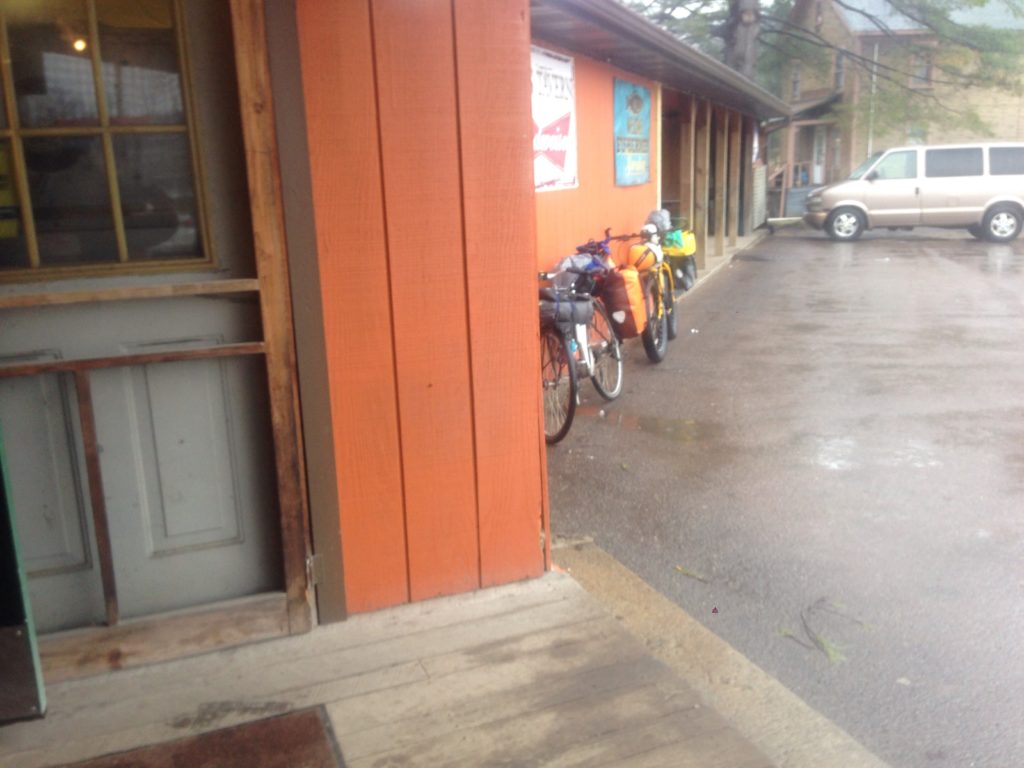
Day 3
We knew it was going to rain, but we got lucky in the sense that it held off until well after packing up. In fact, it even held off til the moment we started rolling. For the next 8 consecutive hours, however, the skies opened up and a steady hard rain accompanied us up the 1% incline for the next 45 miles. As hills go, this barely registers… but the constant nature of the climb on muddy trail made for tough, slow going. MJ was on fat tires so he had a much easier way of it. I was on touring tires that weren’t skinny by any stretch, however I can now confirm that proper tire inflation makes a big difference… because my rear tire wasn’t retaining much in the way of air.
Long story short, the rear tire had been compromised after a couple of seasons of touring and a fall’s worth of exposure on the bike rack of an RV during Tranquility Tour. I began losing air as a slow leak, but was able to pump it up every 10 miles or so. Around 30 miles into the day, the tire gave with a loud gunshot sound. MJ was well ahead and I discovered when quickly switching out the tube that the sidewall of the tire had a massive tear in it. I used the dollar bill trick I linked to from my emergency repair post, but it didn’t hold. The new tube burst from the tear like a hernia. In retrospect, if I had been a little more patient and less intent on catching up with MJ, I might have been able to successfully boot that tear. However, I chose to remove the brake pad fro the side of the herniation, and drop the pressure down to get rolling.
The long slog on a flat tire was hard on my right knee – I developed patellar tendonitis that has taken a few days to heal up. It feels like sharp stabby pains on the top of the knee cap – the same pain you get when your saddle is a bit low.
An hour behind MJ, I eventually caught up at the top of the hill 7 long miles later – the Eastern Continental Divide. I showed him my issue and we tried plans A-D (“what? I only have 1 inch of duct tape?! WTF!?”). Right before we were about to roll the unmistakable hiss of the last of the tire pressure met our ears. With the sun setting in about 90 minutes and no real option to fix the tube properly with measly patch kits (much less the tire tear), we decided to hotel it 9 miles downhill in Frostburg. MJ rode on as I vowed to push my bike there in about 3 hours.
About an hour into the push, and with the sun rapidly setting I remembered the old trick for better traction on ice… zip ties. When that came to mind I realized I could ride on the flat tire and keep it on the rim, protecting it somewhat, if I ziptied the tire securely on the wheel. Minutes later I was texting MJ as I was coasting down the trail. I made it to the hotel just after sundown.
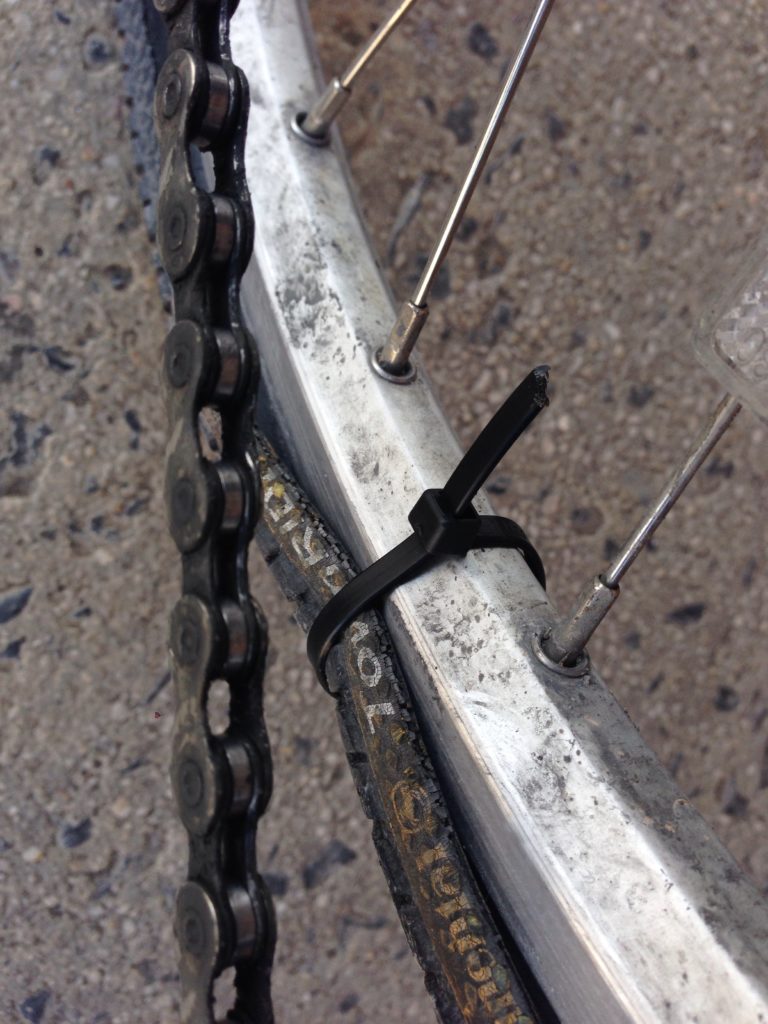
My knee was causing me a fair amount of pain, and after a bad batch of wings at a pizza place, and the discovery that the college town had no bike shop, I knew I might need to call the tour in nearby Cumberland. Although there’s a good bike shop there, the C+O historically has worse conditions, and my knee was not prepared to slog through more soft trail. So, I booked a train back and left my bike at the bike shop to get some repairs done.
MJ rode on and reported conditions were dry and enjoyable (no more rain for the rest of his ride). My train ride back taunted me with over 60 miles of views of the C+O looking very rideable. My knee would let my head and ego know that the additional 184 miles would not have been pleasant. I’m still not sure which of these anthropomorphized entities won the argument over whether quitting was the right bet.
So, that’s the story.
Tomorrow, the takeaways, including what I think about the GAP.
Friday, did the unanticipated expenses cost more than I made in my pedalpreneur challenge?

